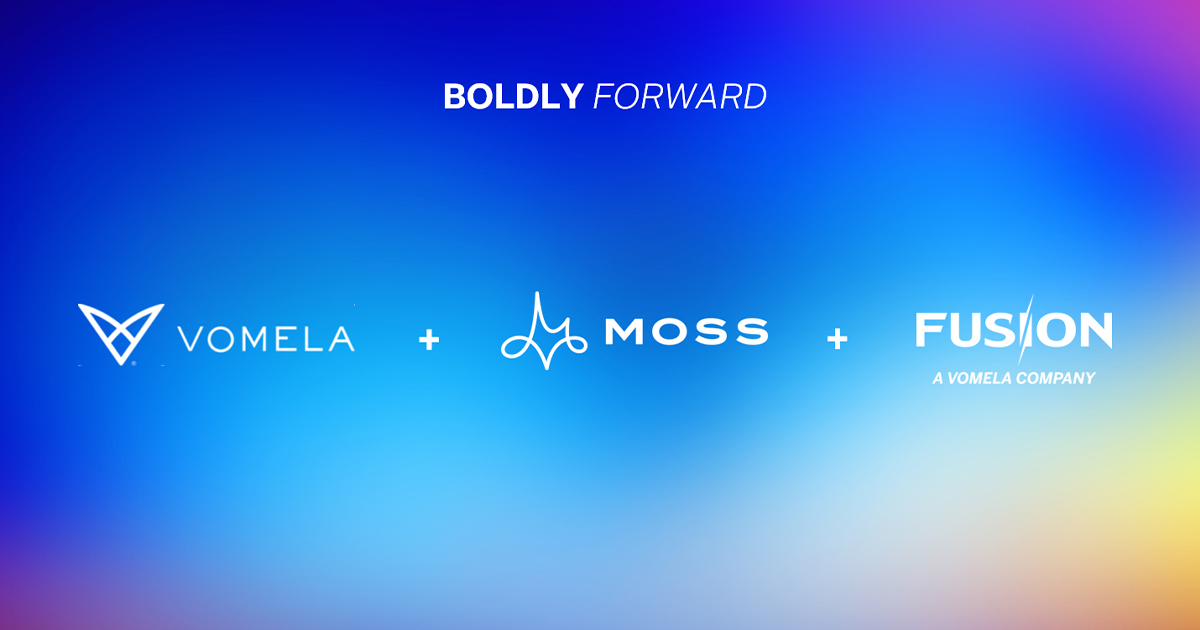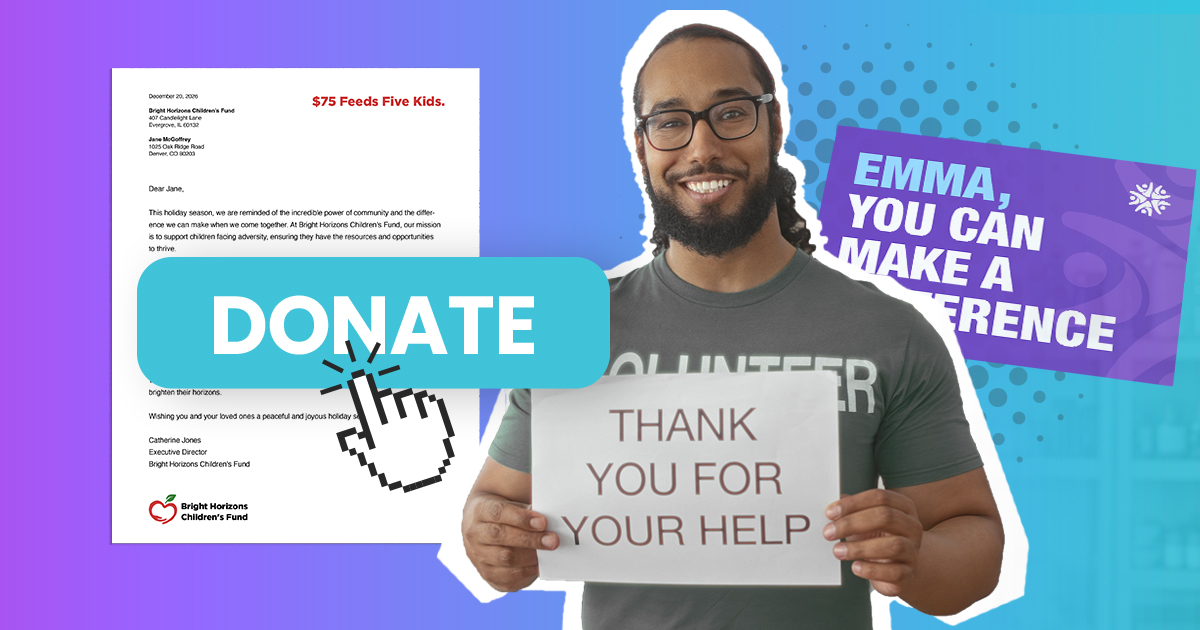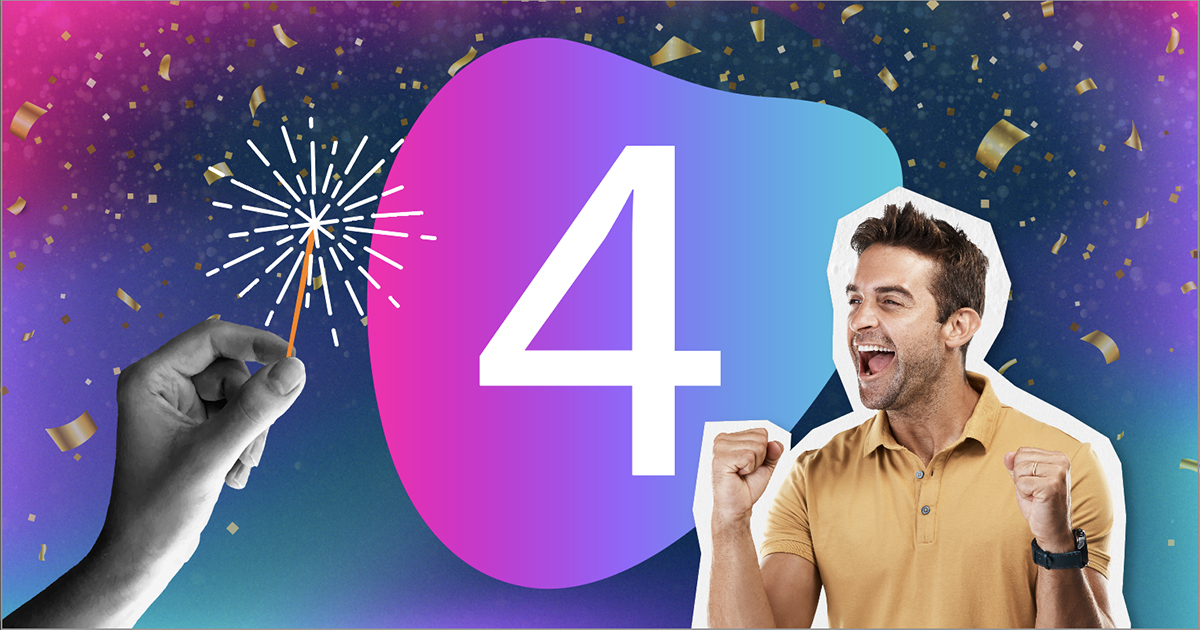
Top 10 PFL Blogs in 2022

2022 was an interesting and challenging year, to say the least, and readers of the PFL blog were interested in many and varied topics, from budgets and personalization to content marketing and even baking. Here are the 10 most-read PFL blogs of the year. Enjoy.
#1 – Where are Marketing Budgets Headed in 2023?
Marketing budgets are back on track in 2022 after a challenging 2021, when budgets dropped from 11 percent to 6.4 percent of overall company revenue. In fact, according to the Gartner 2022 CMO Spend and Strategy Survey, marketing budgets have mostly recovered, having increased to 9.5 percent of overall company revenue in 2022. But where is all that money going and will it continue into 2023, or will economic headwinds and uncertain global political and other conditions put a shade on the resurgence of marketing?
#2 – 5 Ways to Spark Joy and Peace of Mind with Your Corporate Holiday Gifts
Holiday gift giving is always a challenge. Tight budgets, changing trends, and not enough time can add to the stress of the season—and that’s in a normal year. The last few holiday seasons have been anything but normal, with continuing supply-chain troubles, a dicey economic climate, and the ever-growing public consciousness of the environmental impact of holiday largesse. PFL is here to help with ideas for sustainable gift strategies to spark joy in your customers and provide all of you with peace of mind.
#3 – Wake Up, Marketers, Digital Fatigue is A Real Thing
The unexpected and sudden shift in millions of people’s work arrangements put pressure on remote technical infrastructures. Further, as millions of customers moved to a digital-first position when interacting with brands, the increased volume of digital content and messaging they receive from brands has created true digital fatigue. Brands must consider how they will penetrate all this digital noise when trying to communicate and interact with their customers and prospects.
#4 – The Little Tale of Sister’s Irish Soda Bread
“Sister” Gilbride was the cook/baker in my family. She was my great aunt—real name, Catherine—and her Irish soda bread recipe is one I’ve been using for many, many years. Have you ever had it? If so, was it a puny cellophane-wrapped yellowish loaf tied with a Kelly-Green ribbon and dusted with powdered sugar? I thought so. Well, Sister would have none of that, which is why, every year, she would make what she considered to be the real deal. I have no knowledge of her recipe’s provenance. It is simply the best Irish soda bread I’ve ever had. Give it a try.
#5 – B2B Has Made an Omnichannel Pandemic Pivot, With Direct Mail Part of the Mix
A survey from McKinsey & Co. found that the pandemic pivot to remote operations increased the adoption of digital channels by enterprises and led them to accommodate omnichannel sales and marketing. In fact, omnichannel marketing is now as ubiquitous in business-to-business operations as it is with consumers, and direct mail remains a part of the marketing mix. In an environment where Zoom has become a verb, B2B marketers are adapting how direct mail plays with the rest of the media plan.
#6 – PFL Survey: Organizations Struggle to Adapt to the Attention Economy
These days, the competition for eyeballs, clicks, and mindshare is intense. Yet, despite increasingly powerful and ubiquitous digital marketing tools, many businesses find themselves struggling to gain traction. The problem? Digital fatigue is on the uptick, and the ability to capture the attention of audiences is a formidable and often frustrating task. Nevertheless, some companies find ways to diffuse digital fatigue and build a more effective framework in today’s attention economy.
#7 – It’s Time to Put the Human Back in Marketing
In a world becoming more and more automated, we don’t want to lose sight of the human touch. While marketing has evolved to incorporate automation for manual processes rife with redundancy, companies must also empathize with their customers as they interact with the organization, its products, or its services. In the marketing world, regardless of our roles as a business or buyer, we want to be helped. People buy from and sell to other people—not businesses. Why? Because we share something in common: our humanity.
#8 – As Consumers Seek to Minimize Digital Footprint, Savvy Marketers See an Opportunity
A basic but profound question in today’s digital world is: Who exactly owns an individual’s data? While initiatives such as the European Union’s General Data Protection Regulation (GDPR) and the California Consumer Privacy Act (CCPA) have significantly shifted thinking and actions toward greater personal control, a surprising amount of latitude remains regarding data ownership. While this might create added difficulties for marketers, it’s the new reality, and one that businesses must learn to live with.
#9 – Survey: Personalization and Direct Mail Spark Higher Engagement Among Digitally Fatigued Audiences
In today’s business landscape, the competition for impressions, clicks, and mindshare is fierce. To better understand the difficulties that many companies face in capturing audiences’ attention, PFL surveyed more than 600 U.S.-based enterprise professionals. The results of PFL’s “2022 Hybrid Audience Engagement Survey” found that personalization, content, and physical marketing tactics, such as direct mail, can have a significant impact on brands’ abilities to reach burnt-out audiences.
#10 – Has Content Marketing Reached a Saturation Point? Part 1
When HubSpot burst onto the scene in 2006 with the concept of “inbound marketing,” the timing was just right. HubSpot defines it this way: “Inbound marketing is a business methodology that attracts customers by creating valuable content and experiences tailored to them.” All indications are that companies are full-steam-ahead with content marketing. But how much content marketing can a person consume? Markets–especially B2B markets—are finite and populated by busy people who have only 24 hours in a day.



